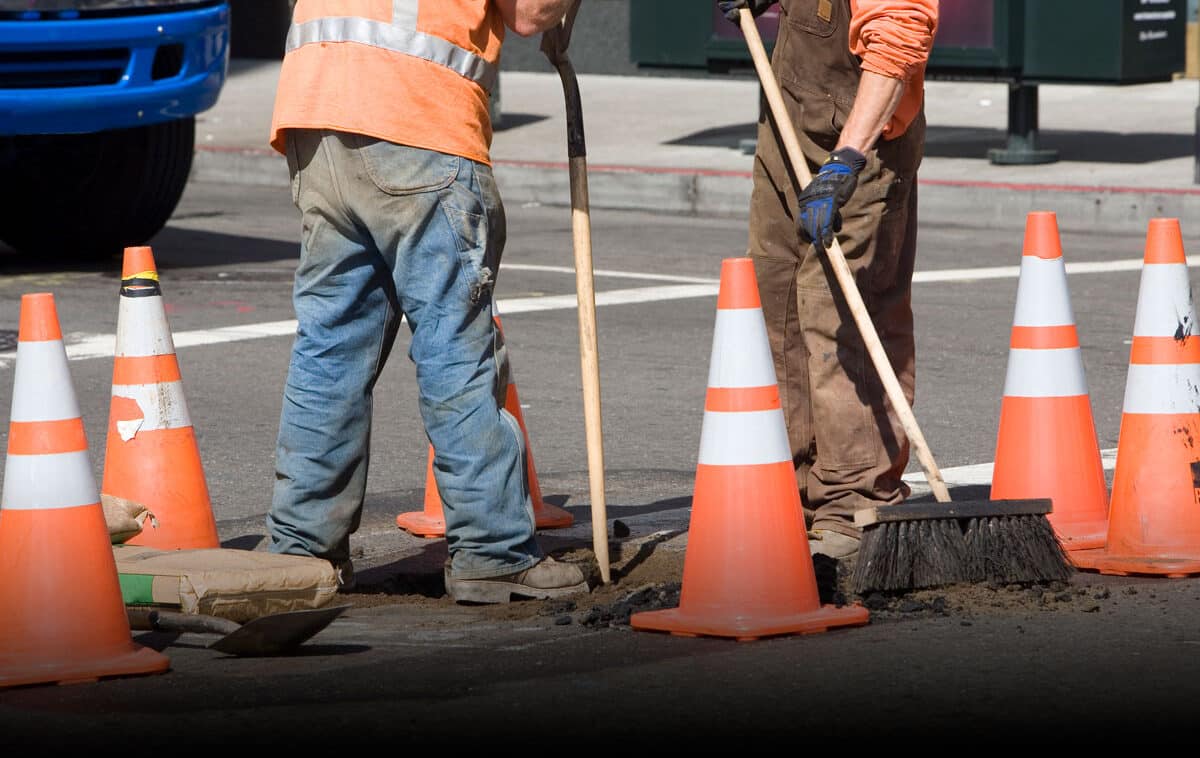Automotive at the Edge: Machine Learning to Avoid Potholes
Innovators in the evolving automotive ecosystem converged at the recent Autotech Council meeting, hosted by Western Digital, to share their visions for a self-driving future. What their prototypes and solutions had in common was a shift toward processing at the edge and the use of artificial intelligence (AI) and machine learning to enable an autonomous future. Read on to hear from automotive innovator Roadbotics, who is using deep learning to literally avoid potholes and other road hazards.
There’s a new way to look out for fractures and potholes in the road. And, it doesn’t need eyes to see them.
But, it does need a camera mounted on its dashboard. It’s the crux of a system that uses computer vision and machine learning to read the surface of a road. Then, the road examination begins. Like a doctor diagnosing a patient, this advanced machine vision system is able to identify health issues, such as road fractures and splits. With accuracy down to 10-foot sections, keeping up with the health of roads has been shifted over to the machines.
Machines That See Roads Better Than Humans
Pittsburgh, Pennsylvania. A town forged in steel is now a leader in a new movement: autonomous vehicles. One of the companies leading the charge is Roadbotics, a Pittsburgh-based company that creates advanced road monitoring technology.
Under the leadership of Chief Executive Officer Mark DeSantis, the Roadbotics team has developed a comprehensive road monitoring system. This system uses semi-autonomous vehicles to collect road data and machine learning to analyze road conditions with 10-foot accuracy. A cloud-based Geographic Information System (GIS) dashboard is used to make each road’s assessment easily searchable and accessible.
* Video clip from full interview below.
Features for Predictive Road Maintenance
How can we tell when a road is in dire need of maintenance? By that time, we’ve usually run over one or more potholes. But, there are other ways to monitor roads beyond blowing a tire or breaking an axle in your car. Deep learning algorithms can evaluate cracks, fractures, and other road damage to predict whether a road needs small fixes or a major overhaul.
It’s all about fixing the little issues before they become big-problem potholes. Leave the machines to take care of the monotonous data collection and evaluation processes. Utility companies can then act on those insights to fix their customers’ roads in an optimal fashion.
“If you can see features that are predictive of a road that’s just about to go bad,” Mark proposes, “then you can extend the useful life of that asset indefinitely.”
Context out of Content
Roadbotics’ road monitoring system provides valuable insights because of the deep learning that takes place with data collected at the edge. Road condition data is sent to the cloud, where machine learning and AI can be trained to watch for patterns and gain insights from large data sets over time, turning insights into intelligence.
Data is everywhere. AI is changing how we think about data and addressing data and requirements. New storage and processing architectures are changing requirements.
We built millions of miles of roads by hand. Now, to save our roads, we may need to enlist the help of machines to show us where to fix the bumps and bruises.
Whether it’s capturing and processing data in real time at the edge, or applying machine learning to larger data sets at the core, there are exciting opportunities across industries for maximizing the value of IoT data. Named one of the 50 most innovative IoT companies by IoT Innovator, Western Digital captures, stores, and analyzes IoT data throughout the edge to cloud ecosystem, opening opportunities for increased insights and intelligence.
Learn More About Data in Automotive
- For a recap of the recent Autotech Council meeting hosted by Western Digital, read Garima Mathur’s blog.
- Hear the latest trends from Automotive industry events
- Automotive Q&A with Martin Booth
FORWARD-LOOKING STATEMENTS:
Certain blog and other posts on this website may contain forward-looking statements, including statements relating to expectations in the market for our products and applications of our products. These forward-looking statements are subject to risks and uncertainties that could cause actual results to differ materially from those expressed in the forward-looking statements, including development challenges or delays, changes in markets, demand, global economic conditions and other risks and uncertainties listed in Western Digital Corporation’s most recent quarterly and annual reports filed with the Securities and Exchange Commission, to which your attention is directed. Readers are cautioned not to place undue reliance on these forward-looking statements and we undertake no obligation to update these forward-looking statements to reflect subsequent events or circumstances.




